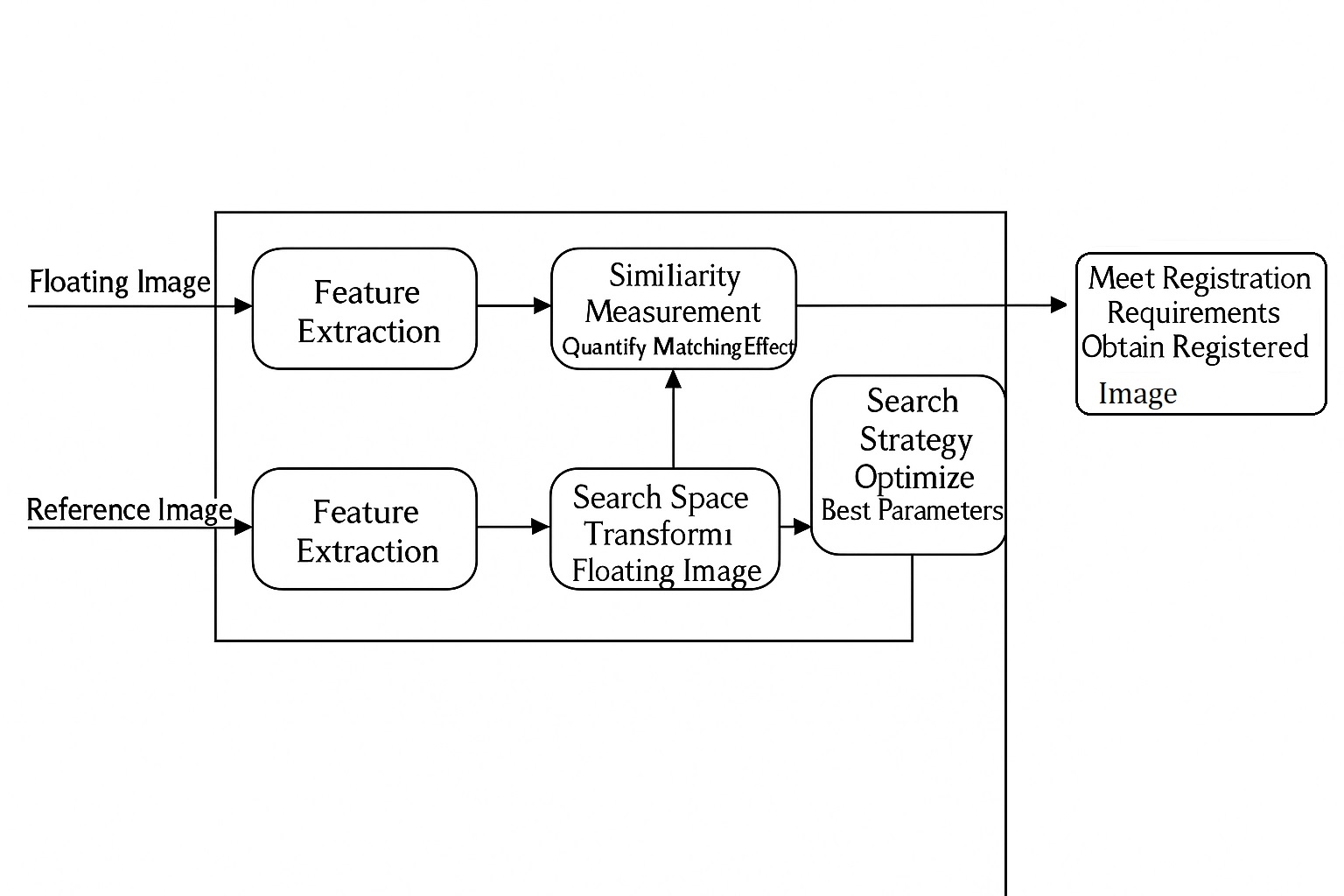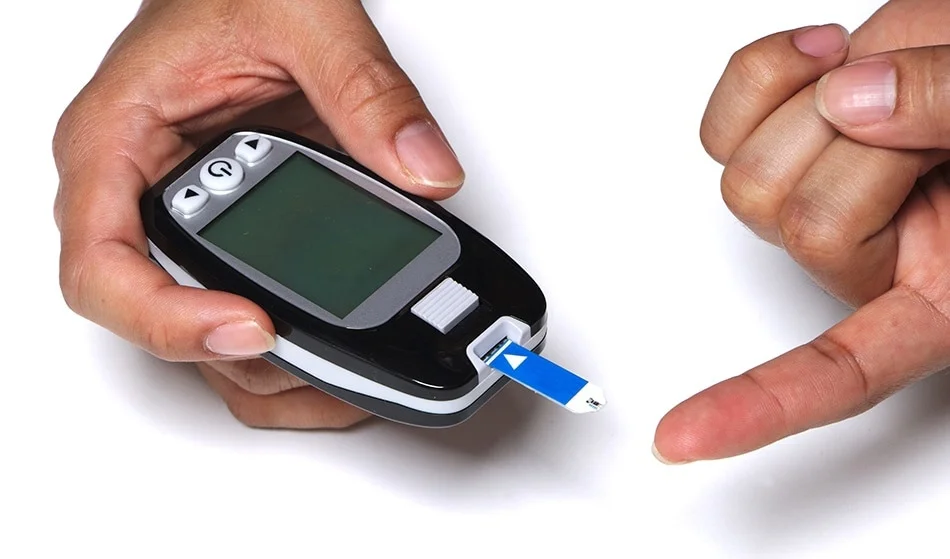Viscoelastic coagulation testing describes the biomechanical changes during blood clotting, monitoring the entire process from clot initiation to formation and fibrinolysis. It enables comprehensive evaluation of clotting factors, fibrinogen, platelet aggregation, and fibrin dissolution, playing a critical role in clinical decision-making. Over decades, clinical viscoelastic coagulation detection technologies have advanced, incorporating methods like resonance frequency, sonic estimation of elasticity via resonance (SEER), and ultrasonic deformation. Clinical studies have validated the feasibility of these approaches. However, existing methods rely on physical stimulus-response systems, such as probes or resonance modules, resulting in high costs, limited portability, and constrained case-handling capacity. Thus, new approaches are urgently needed.
Advantages of Microfluidic Technology
Microfluidic technology offers multiple advantages over traditional clinical detection systems. It requires only small sample volumes, typically minimal biological fluids, reducing patient discomfort and disease transmission risks. Additionally, microfluidic systems can integrate optical modules for highly sensitive detection of low-concentration biomarkers, enabling early disease diagnosis. These platforms support simultaneous multi-channel testing, improving efficiency and facilitating timely treatment. Their compact and lightweight design makes them ideal for health stations, mobile clinics, and field testing, offering excellent portability. Moreover, microfluidic systems can automate sample processing and data analysis, minimizing human error and enhancing reproducibility. Finally, by using minimal reagents and samples, microfluidic testing often reduces costs, potentially lowering healthcare expenses. These features position microfluidic technology as a valuable tool in modern medical diagnostics, opening new possibilities for early diagnosis, disease monitoring, and healthcare delivery.
Bubble-Based Sensing Potential
Bubbles in nature exhibit excellent biocompatibility, with sizes ranging from macroscopic to micro-nanoscale, making them suitable for various tunable biomedical applications. Their adaptive behaviors, such as stretching and collapsing, are often associated with mechanical and elastic changes. This suggests significant potential for bubbles in biomechanical sensing applications.
Microfluidic Bubble-Sensing Platform
A research team from Wuhan University recently published a study in Cell Reports Medicine, exploring adaptive bubble behavior during dynamic coagulation. The study developed a microfluidic bubble-sensing platform to capture and analyze bubble behavior for coagulation diagnostics. Researchers designed image and data analysis methods to intelligently interpret bubble behavior and support diagnosis. Clinical studies confirmed the platform¡¯s feasibility and advantages, including ease of use, minimal sample requirements, automated diagnostics, and high portability.
Clinical and Future Applications
This platform is poised for widespread use in diverse clinical settings, including resource-limited and emergency environments, enabling large-scale and time-sensitive testing. It advances adaptive behavior sensing in healthcare, broadening its applications in clinical and interdisciplinary medicine. The study highlights the link between biophysical properties of cells or tissues and diseases, leveraging intelligent recognition of these properties for portable, calibration-free, and smart diagnostic solutions. This approach supports future point-of-care and smart healthcare applications, aligning with global trends in medical innovation.
 ALLPCB
ALLPCB







